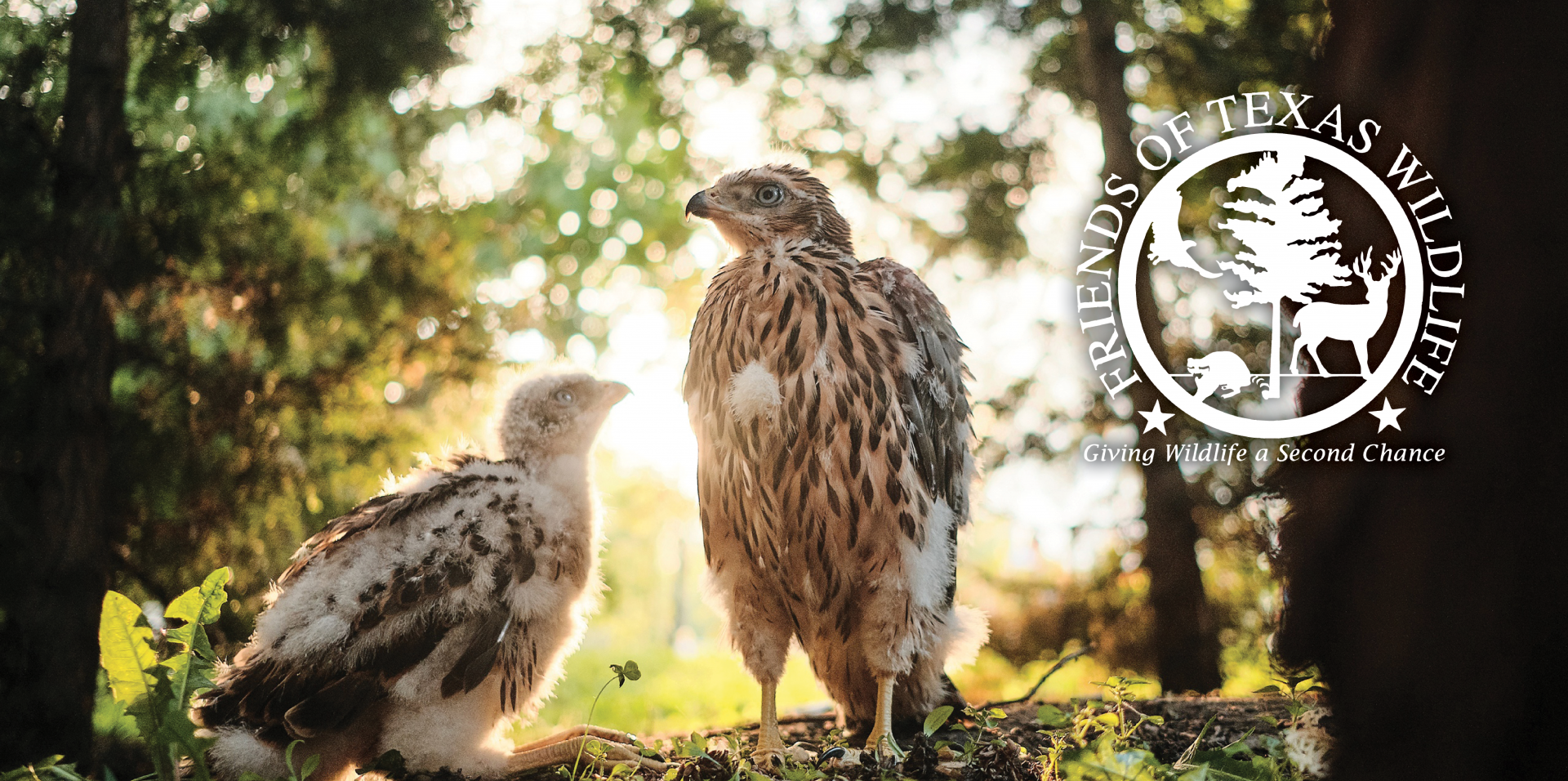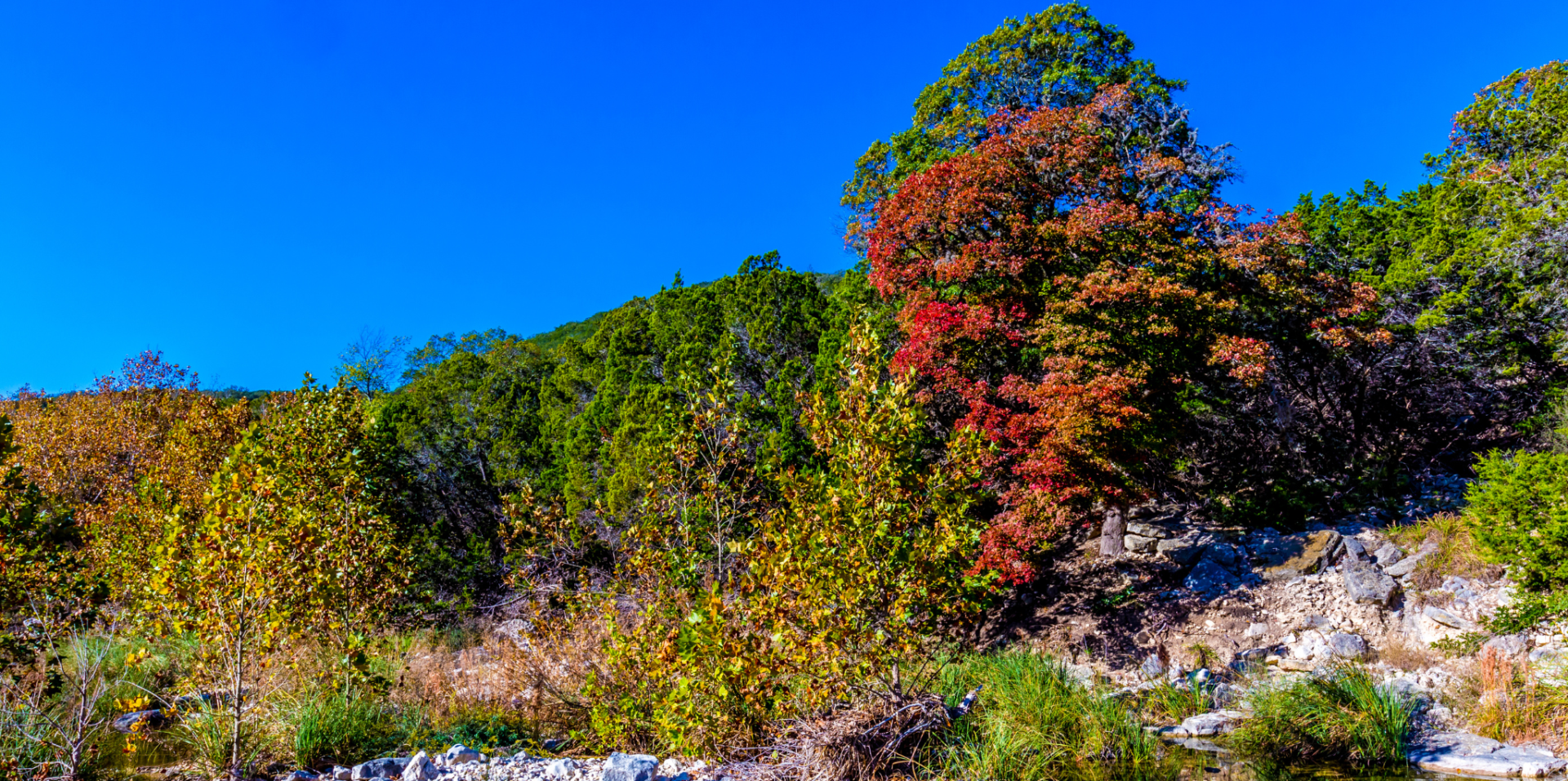How Many Birds Can You See in Polk County? Audubon CBC Knows
Binoculars and maps at the ready, teams and solo Piney Wood Lakes Texas Master Naturalists (PWLTMN) headed out January 4 on the 122nd Audubon Christmas Bird Count (CBC) across Polk County. The 15-mile-wide circle covers a variety of ecosystems including dense forest, aquatic habitats, broad meadows and pastureland, along with active birding areas at Lake Livingston State Park, the dam, and spillway.
The spotters didn’t report any rare birds for this area this year and several migratory species usually seen in January, like American gold finches and blue birds, were spotted in low numbers if at all. The teams logged a total of 61 bird species, a bit lower than the 2020-21 Polk County CBC’s 72 species, but the year’s extreme weather events could have mixed up migration schedules. Just two weeks past the CBC and gold finches began showing up while bluebirds came out of hiding and to expect nest boxes.
 The Piney Wood region is a part of the Central Flyway of North America, bringing huge numbers of migrating birds north and south depending on the season. Lake Livingston provides a winter habitat for American white pelicans, ducks, several varieties of gulls and terns, and the ever popular (or not) cormorants. A mélange of shore birds like great blue herons, great and snowy egrets, and ibises are here year-round. Of course, summer brings the hummingbirds. Perennial favorites, including Carolina wrens, black-capped chickadees, red bellied and downy woodpeckers, and squawking blue jays were spotted by all of the PWLTMN bird counters.
The Piney Wood region is a part of the Central Flyway of North America, bringing huge numbers of migrating birds north and south depending on the season. Lake Livingston provides a winter habitat for American white pelicans, ducks, several varieties of gulls and terns, and the ever popular (or not) cormorants. A mélange of shore birds like great blue herons, great and snowy egrets, and ibises are here year-round. Of course, summer brings the hummingbirds. Perennial favorites, including Carolina wrens, black-capped chickadees, red bellied and downy woodpeckers, and squawking blue jays were spotted by all of the PWLTMN bird counters.
Full results for 2021-22 won’t be available for a few months, but for the second year Covid kept the numbers of birders down across the world. The Polk County teams were smaller but covered the same territory. Early reports show that, while impacted by Covid, CBC teams covered wide areas and logged thousands of species worldwide.
History of the Audubon CBC
The 2021-22 is the 122nd CBC, begun on Christmas day in 1900 by 27 people in 25 locations across the North American continent. Audubon CBC data are used to measure how birds are responding to climate change. With two-thirds of North American bird species at increasing risk of extinction by the end of this century, Audubon CBC data is more important than ever for effective conservation.
The Audubon CBC is a community science project organized by the National Audubon Society. There is no fee to participate. The Audubon CBC is open to birders of all skill levels and Audubon’s Free Bird Guide app makes it even easier to learn more.
For more information and to find a count near you visit www.christmasbirdcount.org.
Piney Wood Lakes Chapter of Texas Master Naturalist serves members across Polk, San Jacinto, Trinity, and Tyler Counties with volunteer opportunities, educational resources, and conservation projects. txmn.org/pineywoodlakes. SJC Master Gardeners serves members in San Jacinto and Polk County. Life-long learners and trained volunteers, master gardeners give time, knowledge, and expertise to improve the quality of life for neighbors and visitors. txmg.org/sjmg






